To fully appreciate the stark majesty of the mid-Dalmatian landscape, you need to spend at least some time inland. The coast, with its sweeping pebble beaches and imperious mountains is only one side of the Dalmatian story. Delve beyond the coastal peaks and you will come across a dramatic combination of stony plateaus, fertile vales, river canyons, and mountains even more imposing than the ones you’ve just crossed.
Thirty-five kilometres inland from regional capital Split, the easy-going town of Sinj is the ideal place from which to explore this bewitching landscape. Sprawled across a fertile green carpet of rich agricultural land known as the Sinj Field (Sinjsko polje), the town is surrounded by the stark majesty of grey-brown highlands; while the furrowed gorges carved out of lime stone by the Cetina River lie only a short distance to the south and east. Whether you are into hiking, biking, fishing or simply looking, it’s an exhilarating place to be.
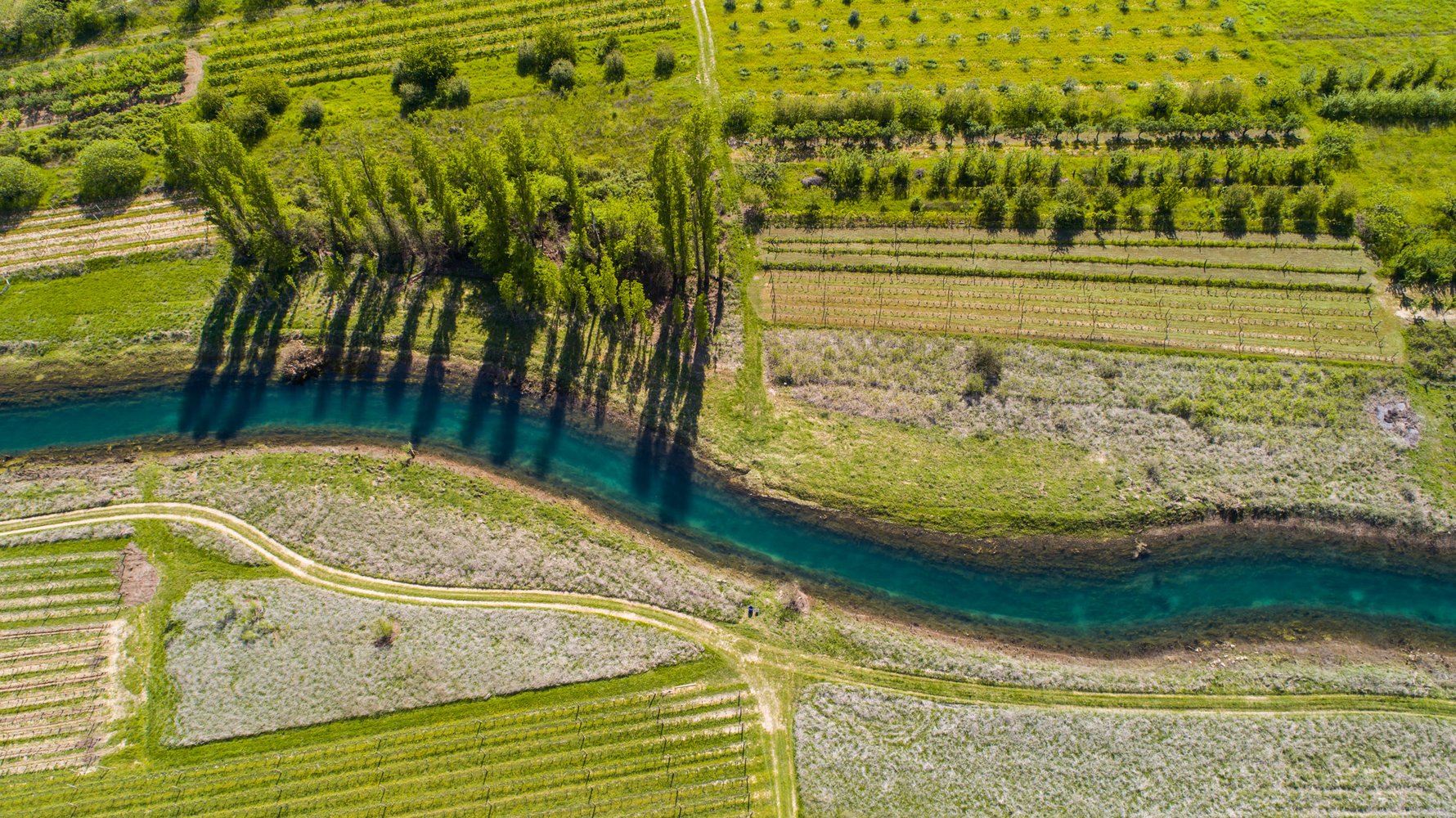
Sinj is also a town of immense historical symbolism, It owes its central place in the national narrative to the heroic defense of the town against an Ottoman army in 1715. The battle took place on the Feast of the Assumption, and Croatian victory is often attributed to the divine intervention of the Virgin Mary, whose fifteenth-century portrait is proudly displayed in the local parish church, a magnet for pilgrims to this day. Indeed Sinj remains southern Croatia’s most visited Marian shrine, with hundreds of thousands of celebrants making their way here annually to mark the Feast of the Assumption on August 15.
The famous battle of 1715 is celebrated every year by the test of horsemanship known as the Sinjska Alka, when riders attempt to spear a dangling talismanic disk in front of large crowds over a weekend in early August. Descended from age-old equine competitions and featuring brightly-clad participants in distinctive traditional costume, the Alka is a key component in Croatian national identity and comes under the protection of the UNESCO World Heritage list. Best place to learn about the Alka is at the award-winning Sinjska Alka Museum, an engaging mixture of traditional exhibits and modern multimedia presentation. The recently refurbished Museum of the Cetina Region (Muzej cetinske krajine) will give you the lowdown on the region’s rich heritage, with a colourful display that takes in folklore and local crafts – including the traditional hand-turned pottery made in the nearby village of Potravlje.
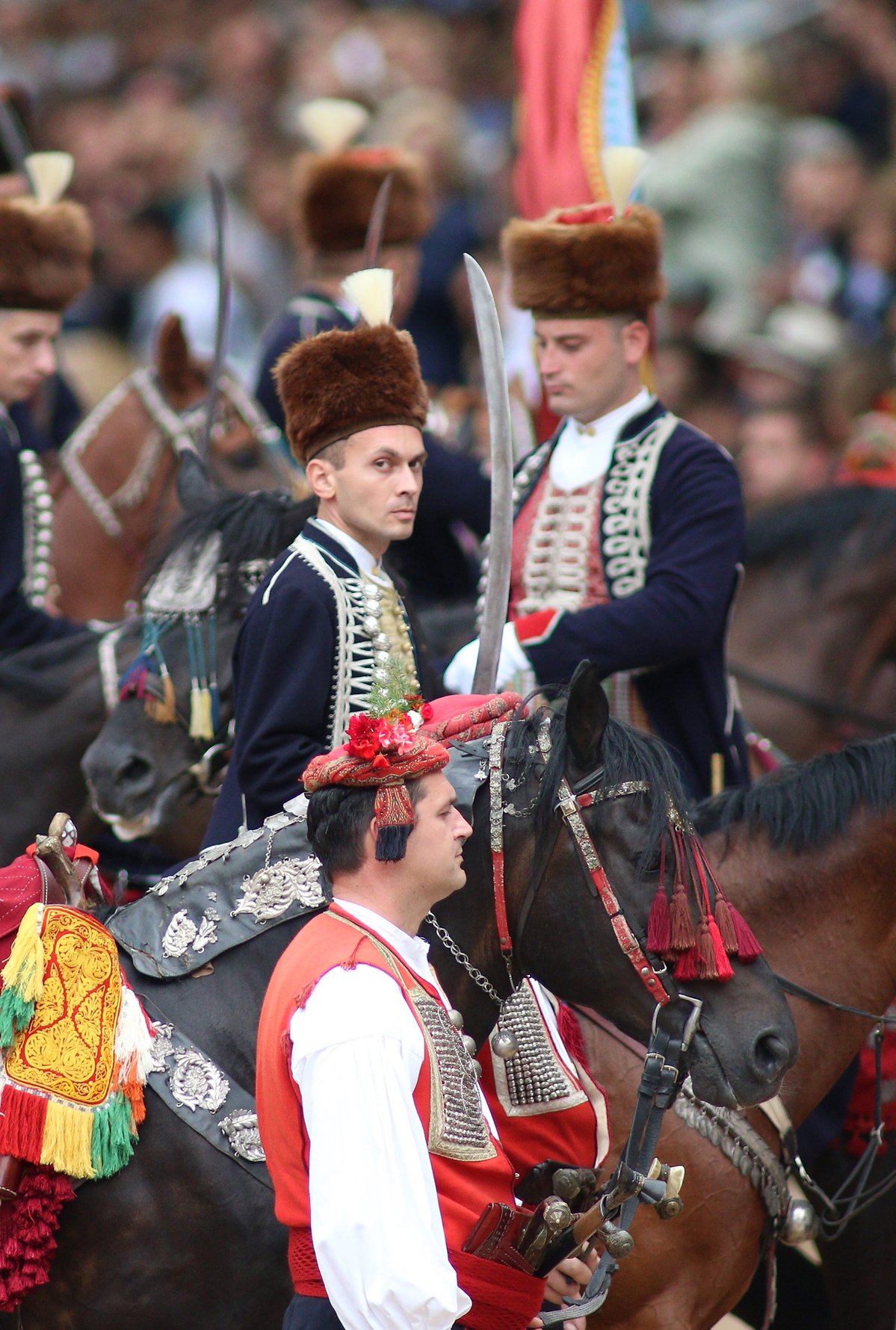
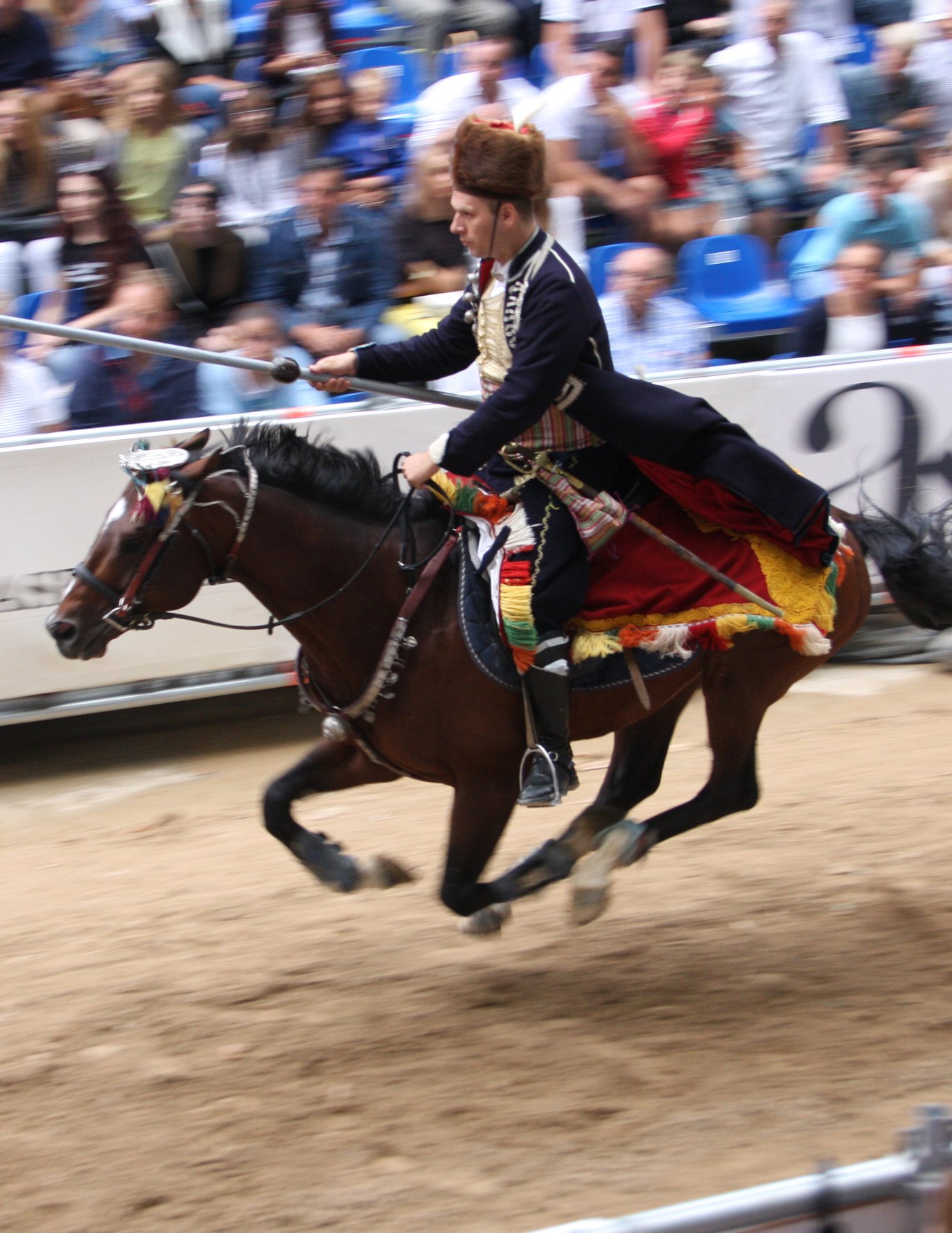
Jerko Grubišić Mario Modrić
One piece of cultural heritage you wouldn’t normally expect to find in the Dalmatian hinterland is the last resting place of Wally Neuzil, muse of Viennese painter Egon Schiele and the subject of many of his graphics and paintings. Neuzil was Schiele’s intimate companion from 1911 until 1915, when the young artist opted for respectable marriage with Edith Harms and cast the model aside. Neuzil trained as a nurse during World War I and volunteered to serve in the military hospital in Sinj, where she died of scarlet fever in December 1917. Owner of one of the most iconic faces of the European avant-garde, she lies buried in Sinj cemetery.
Historical resonances aside, Sinj lays good claim to being the activity capital of inland Dalmatia. It has a hippodrome that hosts equine sports throughout the year, and an airfield that hosts parachuting and gliding events. A mountain ridge near the village of Hrvace, just north of town, is the starting point for breathtaking descents by paraglider.
Sinj’s surrounding area offers a wealth of hiking and cycling trails. Potential targets for explorers should perhaps start with Visoka, the 892m peak above town. Topped by ten-metre-high cross, it’s a popular target for pilgrims as well as recreational hikers. Offering a bit more of a challenge is the 1509-metre Svilaja to the northwest, the summit of which provides breathtaking views of the surrounding highlands. Clearly visible to the northeast is the Dinara range, site of Croatia’s highest peak (the 1831-metre Sinjal) and also a protected area under the Dinara Nature Park.
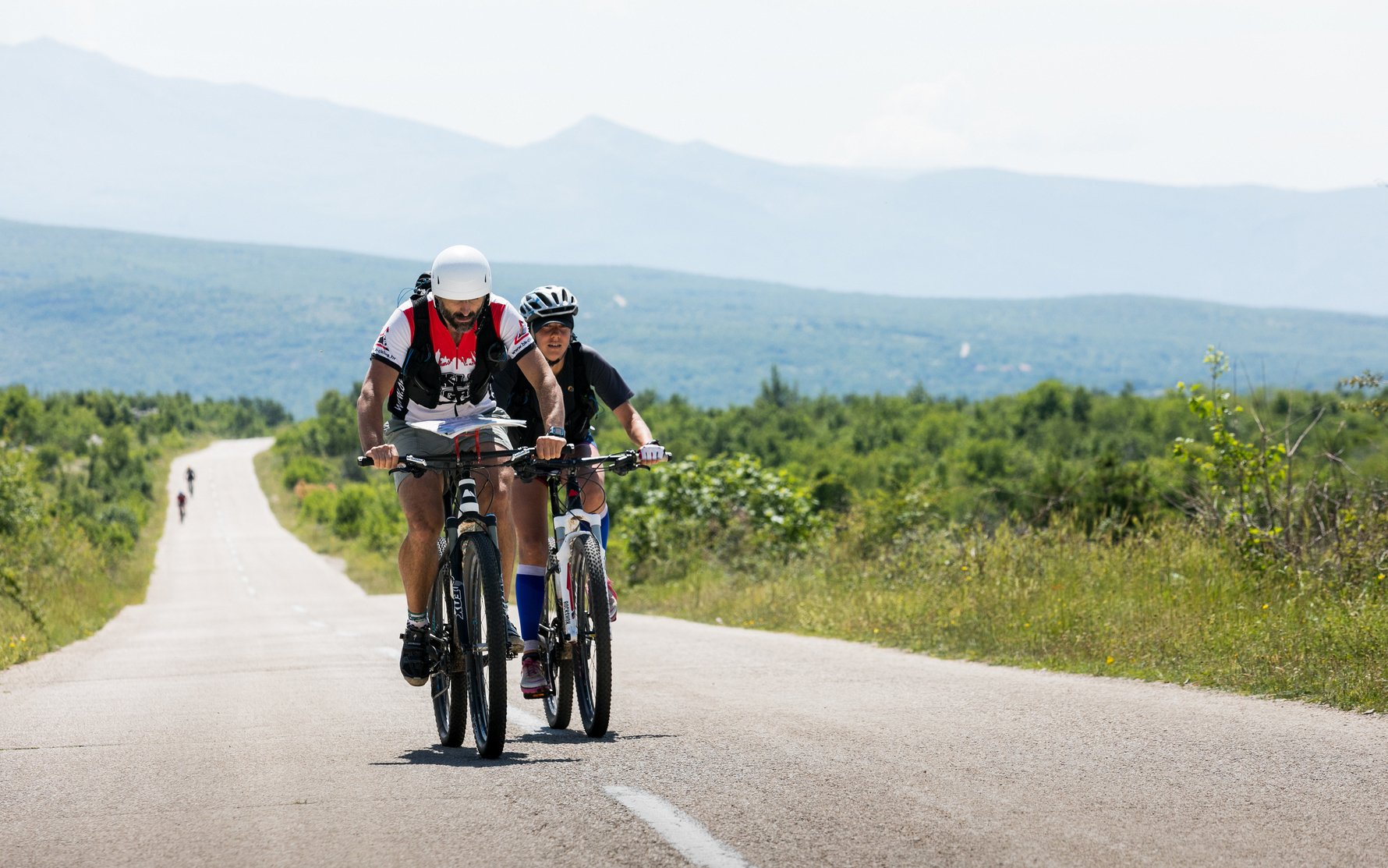
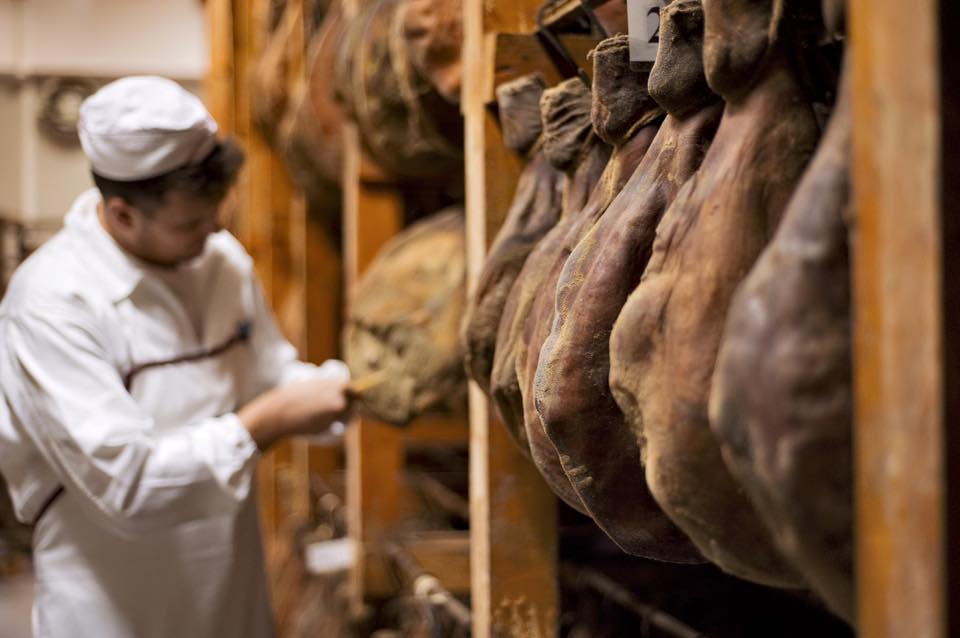
For those into team-building activities and social sports, several local agencies offer zip-line adventures, paintball sessions and trips on local rivers.
Stay in the Sinj region for any length of time and you will begin to realize the role that traditional crafts and customs still play in the life of the Dalmatian hinterland. The hugely popular pursuit of Klapa singing (polyphonic choral singing usually performed a cappella) is cherished here just as much as in the rest of Adriatic Croatia, and there is a rich repertoire of local songs. One form of singing specific to the inland region is Ojkavica, an archaic manner of throat singing passed down from generation to generation, in which the phrase “oj” (pronounced “oy”) appears at various stages of each song, most commonly at the end of a line. A specific Sinj variant of Ojkavica, known as Rera, involves two singers, one leading the song and the other one following. Ojkavica was included on the UNESCO List of Intangible World Heritage in 2010. Another local tradition found across inland Dalmatia is the Nijemo kolo or “Silent Kolo”, a dance performed in the round or in pairs, but without musical accompaniment.
You will need to be here at carnival time if you want to savour the unique experience of the Mačkari processions, in which locals clad in traditional costumes scare away the evil spirits of winter by jumping around and making a racket with their bells. Mačkari procession sare headed by the so-called Didi, saying figures who appear in 1.5-metre-high headdresses fashioned from sheep’s stomachs, shaking bells worn around their waists as they go.
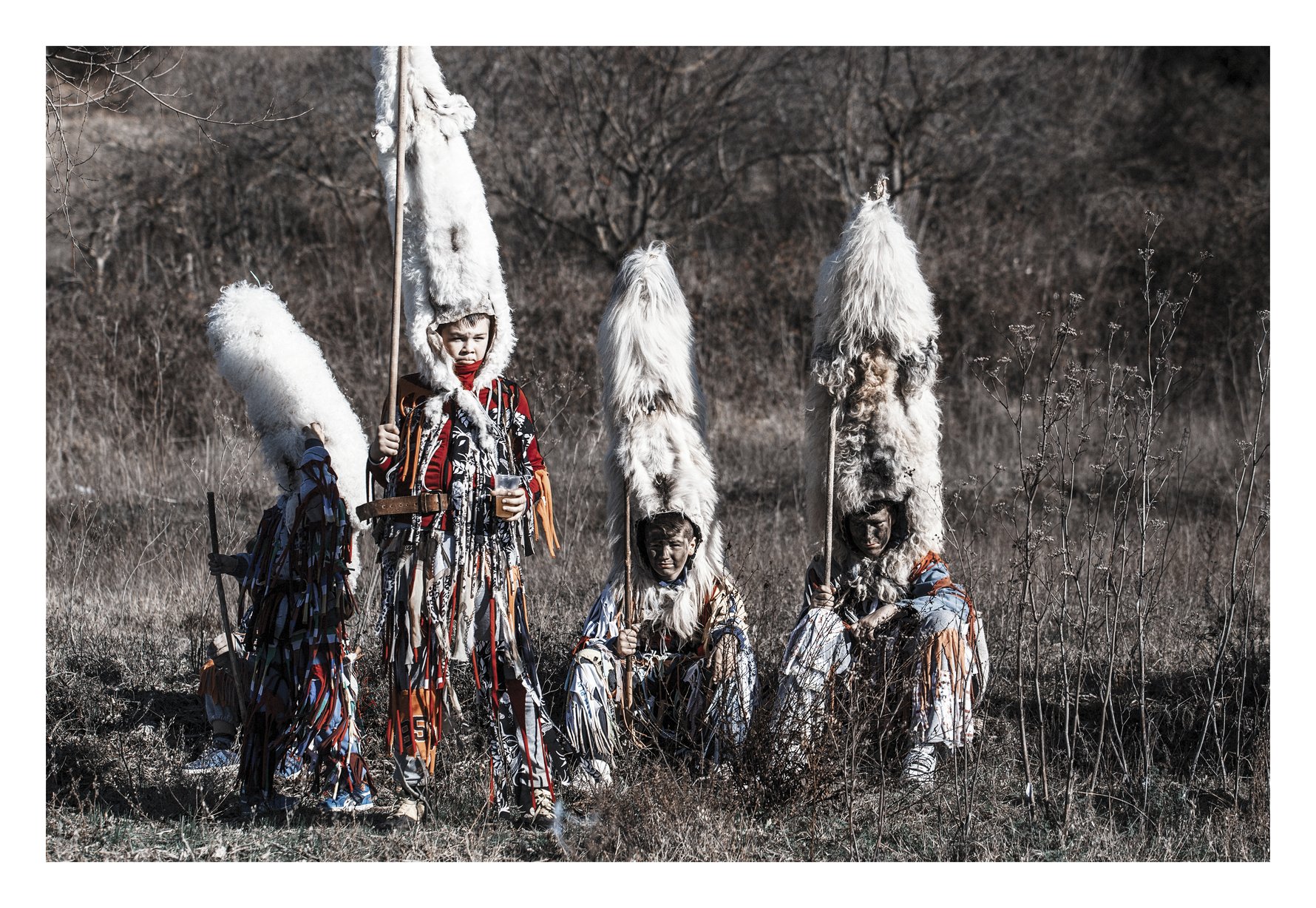
Extraordinarily rich in landscape, culture and opportunities for an active holiday, the Sinj region is waiting to be discovered. More information is available on the local tourist board’s site www.visitsinj.com.





Comments